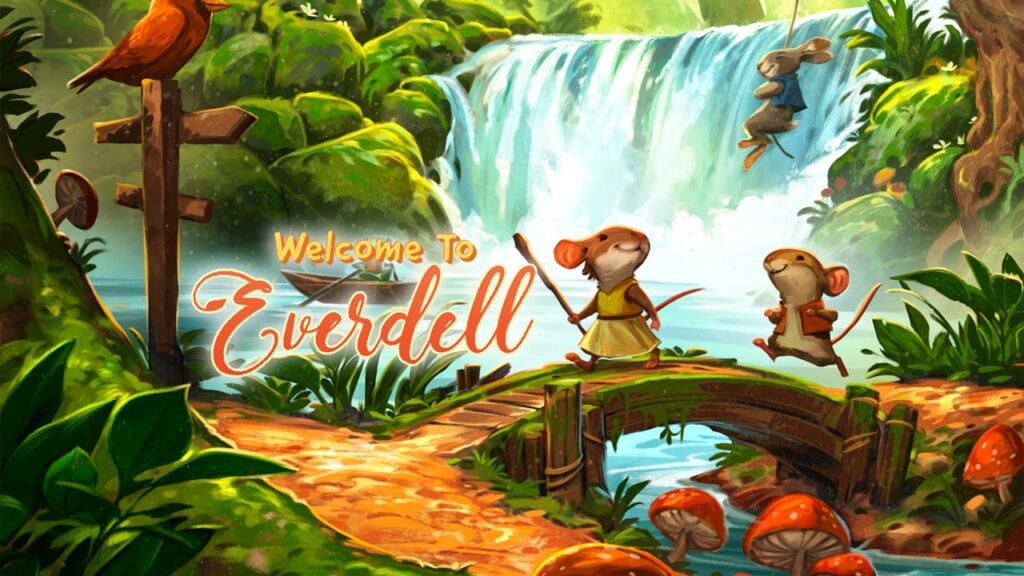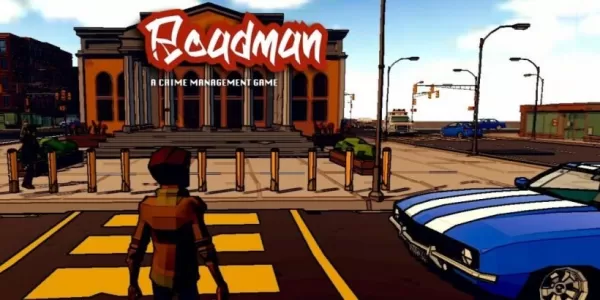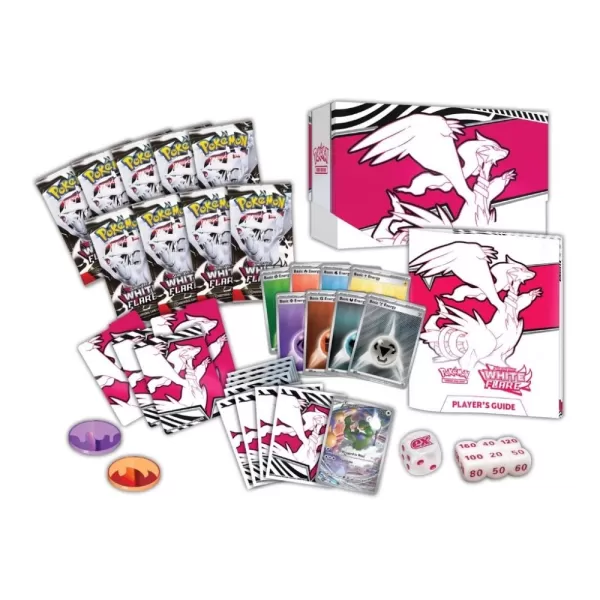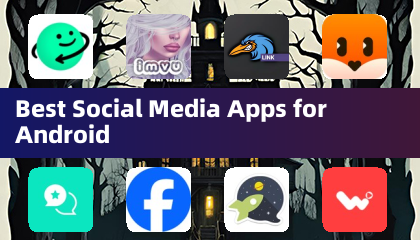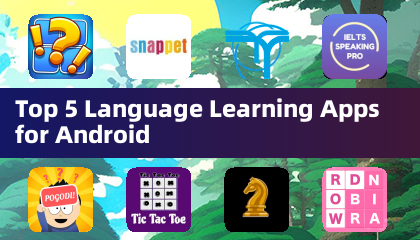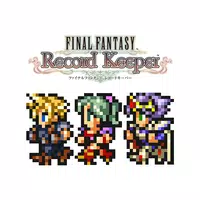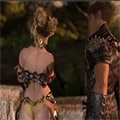The beloved plumber brothers, Mario and Luigi, almost got a grittier makeover in their latest game, but Nintendo stepped in to keep things classic. Let's delve into the art direction journey of Mario & Luigi: Brothership.

Exploring Diverse Artistic Styles
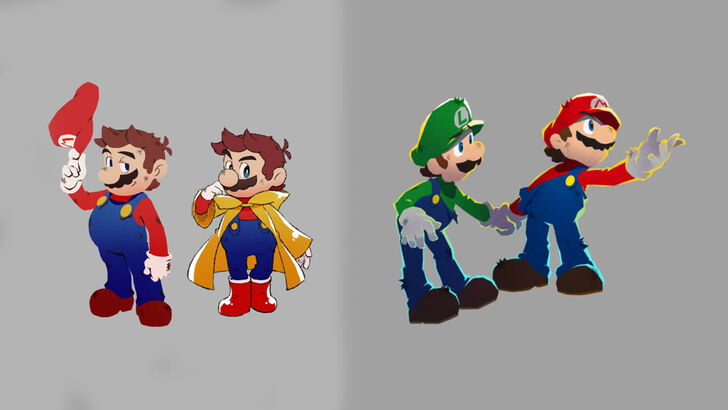
A December 4th Nintendo website article featuring an "Ask the Developer" segment revealed that Acquire, the game's developers, initially envisioned a more rugged, edgier Mario and Luigi. However, Nintendo felt this deviated too far from the established characters' identities.
Developers Akira Otani and Tomoki Fukushima (Nintendo) and Haruyuki Ohashi and Hitomi Furuta (Acquire) aimed for 3D visuals that captured the series' unique charm, differentiating it from other Mario titles. This led to experimentation, resulting in a surprisingly edgy design for the iconic duo.
Furuta recounted the initial, edgier design with a laugh, explaining that Nintendo's feedback emphasized maintaining a recognizable Mario & Luigi aesthetic. A subsequent meeting and a Nintendo-provided document outlining the core characteristics of Mario and Luigi helped refocus the art direction. Furuta admitted that even she questioned the edgier approach from a player's perspective, acknowledging that it might not resonate with fans.
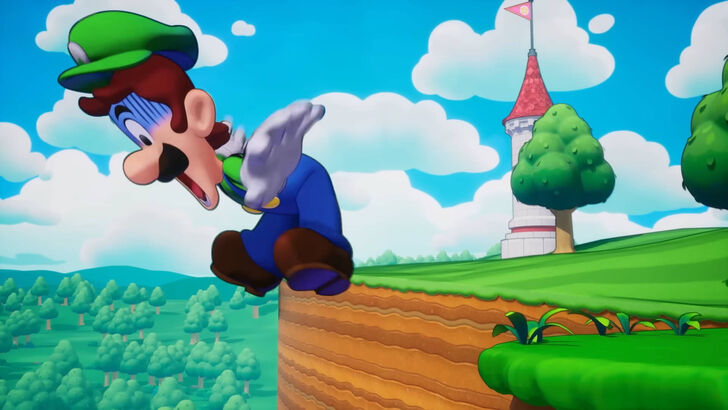
The final style blended the appeal of bold illustrations (solid outlines, striking black eyes) with the playful charm of pixel animations, creating a unique visual identity for the game. Otani added that while Nintendo encouraged Acquire's unique style, preserving the essence of Mario was paramount. The process involved finding a balance between these two key elements.
Navigating Development Challenges
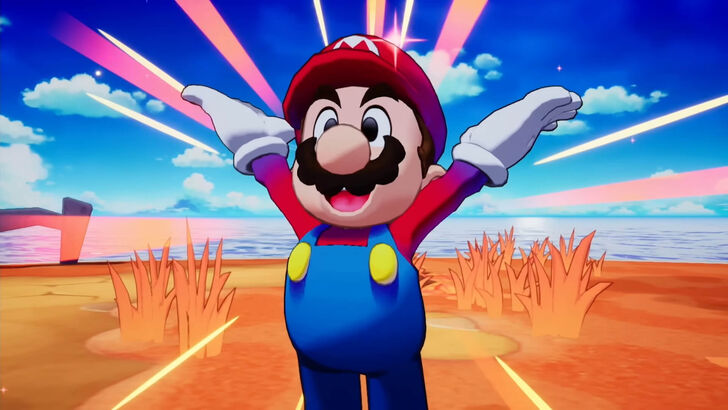
Acquire, known for titles like Octopath Traveler and the Way of the Samurai series, typically works on less colorful, more serious games. Furuta admitted their natural inclination towards darker RPGs presented a challenge. Furthermore, working with a globally recognized IP like Mario was a new experience for them.
Ultimately, the collaboration proved successful. The team opted for a brighter, more fun-oriented approach, aligning with the lighthearted nature of the Mario & Luigi series. They also learned from Nintendo's design principles, resulting in a clearer, more user-friendly game world.





 LATEST ARTICLES
LATEST ARTICLES 